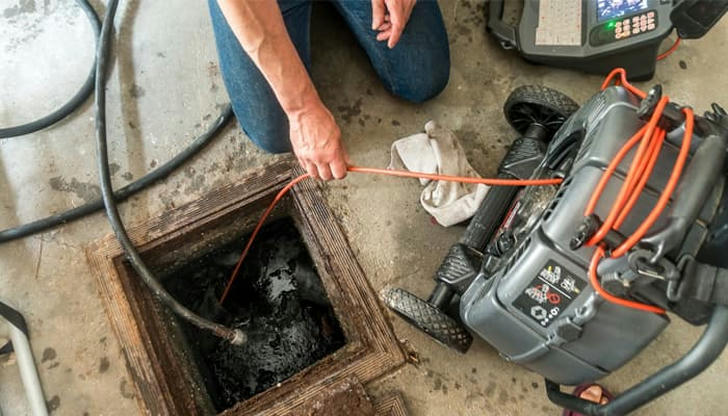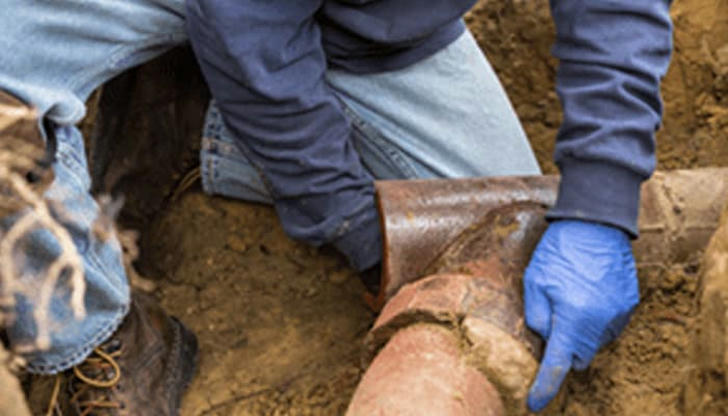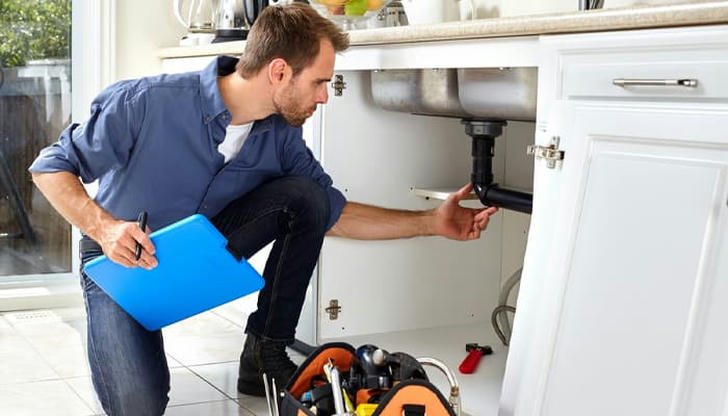Does Home Insurance Cover Sewer Line Replacement?

Sewer line issues are a nightmare for homeowners. These problems can disrupt your daily life from leaks to blockages and rack up costly repairs. One burning question is: Does home insurance cover sewer line replacement? The answer isn’t straightforward and depends on various factors, including your policy and the cause of the damage. This guide breaks down everything you need to know, helping you understand the scope of your coverage and the best ways to protect your home.
What Does Home Insurance Typically Cover for Sewer Lines

When it comes to sewer lines, home insurance policies vary widely. While most standard policies don’t directly cover routine wear and tear or maintenance, they may offer protection in specific scenarios. Here’s a breakdown of what is commonly included:
1. Coverage for Sudden and Accidental Damage
Most standard home insurance policies cover damage that is sudden and accidental. Examples include:
• Damage is caused by tree roots breaking into sewer lines.
• Collapsed pipes due to unexpected ground shifts.
• Sewer line bursts caused by freezing temperatures.
2. Dwelling Coverage and Sewer Lines
Sewer lines directly connected to your home may fall under your dwelling coverage. This usually applies to:
• Pipes that are considered a part of your house’s foundation.
• Damage from covered perils like fire or lightning indirectly impacts the sewer line.
3. Water Backup Coverage
Adding a water backup endorsement to your policy could save you from headaches caused by sewage backups. This add-on typically covers:
• Costs to clean and repair your home after a sewage overflow.
• Replacement of damaged belongings from a backup event.
4. Exclusions to Watch Out For
Many policies exclude damages due to:
• Normal wear and tear.
• Corrosion or rust in aging pipes.
• Poor maintenance or pre-existing issues.
To ensure adequate coverage, consult your insurance provider and review your policy’s fine print. Opting for additional riders like water backup coverage or service line coverage can provide broader protection.
Common Causes of Sewer Line Damage and Insurance Implications

Understanding what can cause sewer line damage is crucial when navigating insurance claims. Insurers typically evaluate the cause to determine if the damage falls under your policy. Here are the most common causes and their implications:
1. Tree Root Intrusion
• How it Happens: Tree roots naturally grow toward water sources, making sewer lines an easy target. Over time, they can crack pipes and cause significant blockages.
• Insurance Implications: Damage from tree roots is often considered sudden and accidental if detected early. This may qualify for coverage, especially if it results in a burst pipe.
2. Wear and Tear
• How it Happens: Sewer lines degrade over time due to corrosion, soil pressure, or shifting ground.
• Insurance Implications: Unfortunately, general wear and tear isn’t covered by most home insurance policies. You’ll need to handle these repairs out of pocket unless you have service line coverage.
3. Ground Shifts or Collapses
• How it Happens: Natural events like earthquakes, soil erosion, or heavy rain can cause the ground to shift, leading to pipe collapses.
• Insurance Implications: If your policy includes coverage for earth movement or collapse, you might be eligible for compensation.
4. Clogs from Improper Use
• How it Happens: Flushing non-biodegradable items like wipes or grease down drains can lead to clogs.
• Insurance Implications: Damage resulting from negligence or improper maintenance is rarely covered. Preventative measures are key to avoiding this costly mistake.
5. Severe Weather Conditions
• How it Happens: Extreme weather, such as heavy rainfall or freezing temperatures, can cause pipes to burst or back up.
• Insurance Implications: Damage from sudden freezing or other covered perils may fall under your standard policy, provided it wasn’t due to neglect (like failing to insulate pipes).
Conclusion

Dealing with sewer line damage is stressful, but understanding your home insurance policy can make all the difference. While standard policies may offer limited coverage, options like water backup or service line coverage can fill the gaps. By staying proactive with maintenance and exploring additional endorsements, you can safeguard your home from unexpected sewer line expenses.
